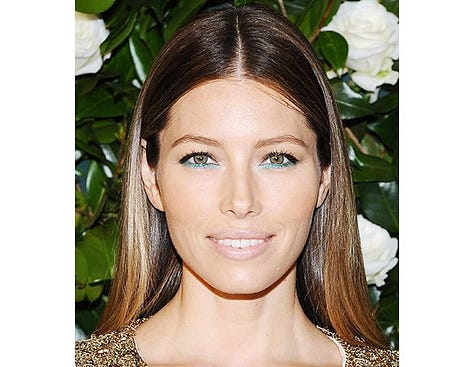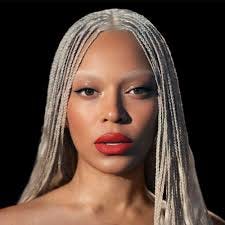Face Shapes: The Ideal
Oval. Here we go, a deep dive into each basic face shape. The unique aspects of each and how to create more balance and how to sculpt with highlight and shadow.
The Oval.
The Ideal Shape is Oval and so that is where we start. An oval is an elongated circle, longer than it is wide, with a smooth rounded edge and no corners. Ovals are considered soothing, balanced and enduring. The shape is linked to fertility, stability and harmony. A very recognized oval would be an egg. Simple and elegant all at once. Oval shapes are often used often to convey feelings of peace.
Oval shaped faces tend to be the most balanced of all faces, meaning that they are the most even from side-to-side and top-to-bottom. They are considered some of the most beautiful people, because of that symmetry. This is why they are considered the “ideal” face shape, and therefore what others should mimic.



No face is perfectly symmetrical, we all have one side that is larger than the other, usually the right. However, this is less noticeable in oval faces.
Determining Face Shape
We determine face shape by following the edge of the face all the way around and seeing what it is closest to. Most people are not perfectly any particular shape, but usually lean towards one more than others. The options are: oval, round, square, oblong or diamond. Oval faces are longer than they are wide and tend to have a horizontal balance between their forehead, eyes/nose and mouth/chin area. (See oval shape below.)
The way to measure symmetry is by drawing a line down the center of the face and then horizontally drawing two lines, one at the brows and the other at top of the lips. Vertical symmetry is determined by how wide each side of the face is and horizontal symmetry is determined by how tall each section of the face is. The more even these measurements, the more symmetrical the face.
Keep reading with a 7-day free trial
Subscribe to Makeup Lessons & Color Theory to keep reading this post and get 7 days of free access to the full post archives.



